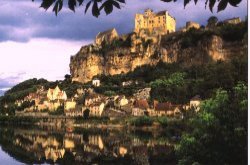
The site of Beynac and its castle is undoubtedly one of the finest in France. The village where Paul Eluard was born is built in stages above the water's edge, at the bottom of a 150 metre cliff, topped by an impressive fort. This eagle's nest might seem rather austere if it were not for the sun lighting up its golden walls, mirrored by the Dordogne. With its changing colours and the luminosity of the stone, the sky and the water, Beynac is a paradise for painters and photographers in all seasons.
Following the Organization of the county of Périgord. it became the seat of one of the four baronies along with Biron. Bourdeilles and Mareuil. The first unquestionable trace of a seigneur of Beynac dates back to 1115. The castle was so powerful and its barons so cruel that local vassals and peasants named it "Satan's ark".
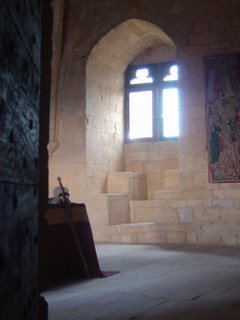 Richard the Lion Heart used this castle as his base, but in 1214, on return from a crusade against the Albigensians. Simon de Montfort took possession of Beynac, whose seigneur at the time was a friend of Raymond de Toulouse, and razed its defenses.
Richard the Lion Heart used this castle as his base, but in 1214, on return from a crusade against the Albigensians. Simon de Montfort took possession of Beynac, whose seigneur at the time was a friend of Raymond de Toulouse, and razed its defenses.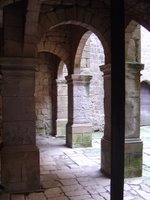
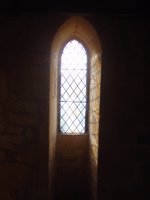
The Hundred Years War found Beynac in the French camp. In 1360, the Bretigny treaty transferred it by right to English rule but eight years later it returned to the fore of the fighting on the side of Charles V. The English were never able to capture the citadel. In 1370, the sole heiress of the fief, a three year old girl is promised in marriage to her uncle, Pons de Commarque who drove the English out of the Sarlat region and became the most powerful seigneur in Périgord.
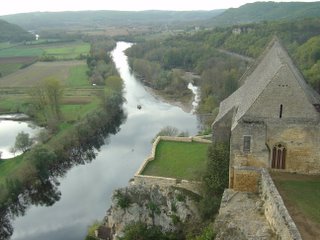 The castle was totally protected by the sheer drop on the side facing the river and its northern defenses were reinforced around 1598. A double surrounding wall, two rows of moats and two barbicans were built. From the top of the tower there is a breathtaking view over the whole of the valley and the surrounding Châteaux of Castelnaud, Fayrac, and Marqueyssac. On the edge of the cliff is the stone-roofed Romanesque castle chapel, the location of the famous scene from the 1978 version of "Les Miserables". More recently Luc Besson's The Messenger: The Story of Joan of Arc was shot here with Milla Jovovich. Imagine using the original and genuine site of historic events that happened hundreds of years ago -- and not having to change a thing for the sake of the big screen movie!
The castle was totally protected by the sheer drop on the side facing the river and its northern defenses were reinforced around 1598. A double surrounding wall, two rows of moats and two barbicans were built. From the top of the tower there is a breathtaking view over the whole of the valley and the surrounding Châteaux of Castelnaud, Fayrac, and Marqueyssac. On the edge of the cliff is the stone-roofed Romanesque castle chapel, the location of the famous scene from the 1978 version of "Les Miserables". More recently Luc Besson's The Messenger: The Story of Joan of Arc was shot here with Milla Jovovich. Imagine using the original and genuine site of historic events that happened hundreds of years ago -- and not having to change a thing for the sake of the big screen movie!






